Table of Contents
Diverse Science Curriculum at SIS
The middle school science program at SIS is developed to give students an introduction to some of the many different subject areas of science they will encounter during their academic career.
6th Grade Science explores the Earth Sciences. The beginning of the year is an investigation into Earth’s surface and structure and the second half of the year covers water systems and the atmosphere. Students are currently using clay to make a model of three landforms and measuring the elevation and relief of landforms.
7th Grade Science focuses on the physical sciences. The first half of the year is an overview of Chemistry and the second an introduction to Physics. Students are starting off the year by defining matter and its changes and investigating the properties of density as they develop correct laboratory techniques.
Grade 8 Science students are currently looking inside the cell using the microscope and identifying cell organelles as they begin the year studying cellular organization and heredity. As they continue on in the Life Sciences students will also examine Ecology and Human Body Systems.
Secondary ELL
Importance of sleep for better academic performance
The National Sleep Foundation recommends that children ages five to 12 get 10-11 hours of sleep a night and teenagers need about 9 hours of sleep. If a child is sleep deprived, it might be time for a bedtime re-evaluation.
When it comes to math and language skills specifically, scientists found out that it’s a question of brain anatomy. Researchers at McGill University and the Douglas Mental Health University Institute in Montreal found that children who had good quality sleep at night, performed better in math and languages. Math and languages need to use the skills that are called ‘executive functions’—things like working memory, planning, not being distracted. The pre-frontal cortex of the brain is responsible for those skills, and it is very sensitive to the effects of poor quality sleep or insufficient sleep.
Thus, students should have consistent bedtime routines and maintain healthy sleep habits like reading a book before the scheduled sleep time rather than being on social media or watching YouTube videos till late night.
HS IT
According to Gallup poll, 9 out of 10 parents in the United States wants schools to teach computer science, and students rank it among their favorite subjects, behind only art and music. Our high school students shared a similar view in the end of year course evaluations. We offer computer game design, introduction to programming using python, and AP Computer Science to give students opportunities to be creative and explore different areas of computer science. We hope these classes help students beyond high school.
Demonstration of an App designed by 9th grade students.
Some projects from Introduction to programming class last year. 1 2
Last year was a momentous year for computer science in our high school. Fourteen students including four girls took the Advanced Placement Computer Science Principles (AP-CSP) examination. Although this course is equivalent to a first-semester introductory college computing course and students started with no previous exposure to computer science, all of them did exceptionally well. The average score on the AP CSP exam was 4 out 5 and 6 students scored a 5.
Congratulations to all students on their excellent achievement on the AP Exam! With this success, this year we are excited to offer AP Computer Science A which solely uses Java programming language and emphasizes problem-solving. In this class, students learn to assess, create and implement solutions; work with algorithms; and debug Java solutions, among other tasks. The class includes a laboratory component and is equivalent to an introductory college-level course in computer science.













